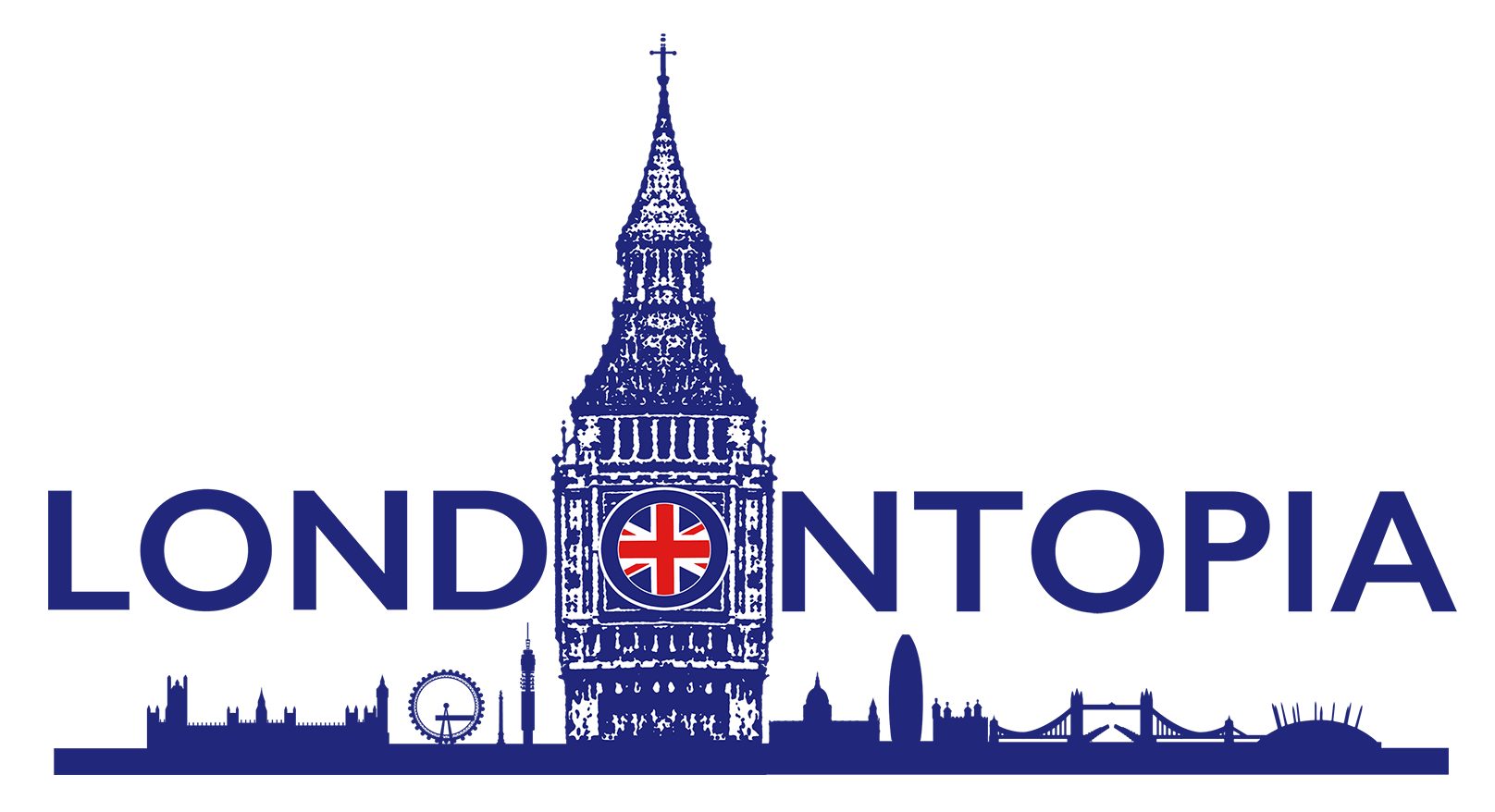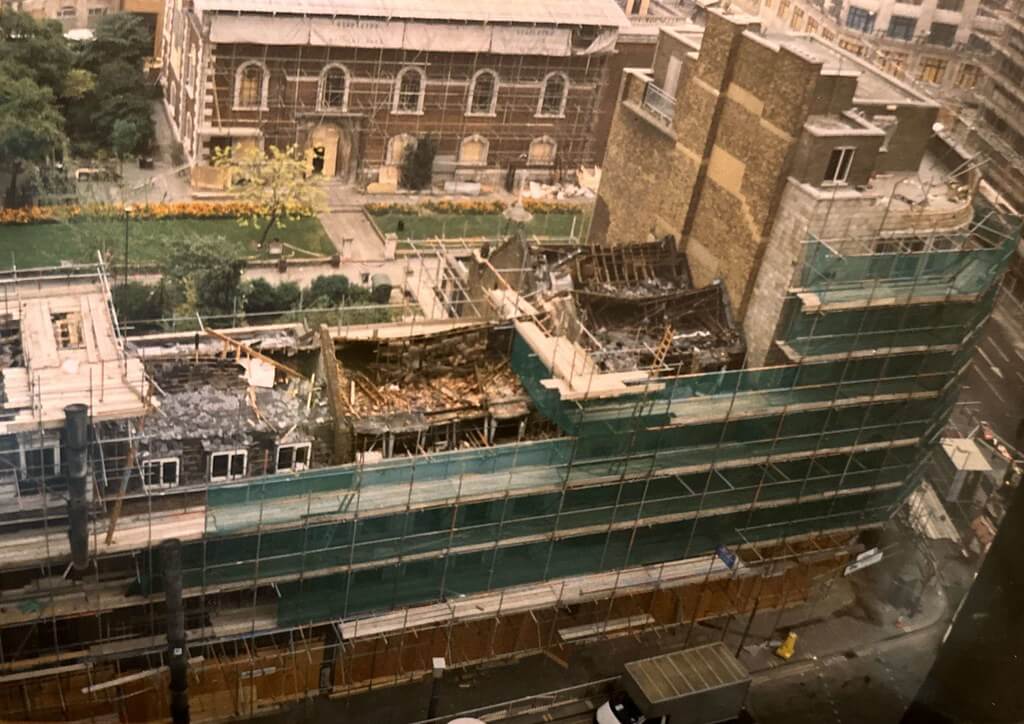Between the 1970s and 1990s, London lived under the shadow of terrorism as the Irish Republican Army (IRA) brought their campaign of violence to the heart of the British establishment. The capital became a frontline in the Northern Ireland conflict, with bombings that changed both the fabric of the city and how Londoners lived their daily lives.
The IRA’s London campaign began in earnest in 1973 with a series of car bombs that exploded across the capital. But it was the 1974 bombing of the Tower of London that truly brought home the reality of the threat. One person was killed and 41 injured in an attack that shocked the nation – if even the Tower of London wasn’t safe, nowhere was.
London’s landscape was transformed by security measures. The “ring of steel” around the City of London introduced checkpoints, cameras, and road barriers. Litter bins disappeared from streets and stations, having been used to hide bombs. Police armed with submachine guns became a common sight at major buildings and transport hubs – a dramatic change for a traditionally unarmed force.
Some of the most notorious attacks targeted the heart of the establishment. The 1982 Hyde Park and Regent’s Park bombings killed 11 military personnel and seven bandsmen. The 1991 mortar attack on 10 Downing Street during a Cabinet meeting came perilously close to killing the Prime Minister. The massive 1993 Bishopsgate bomb in the City caused £350 million in damage.
The threat created a peculiar kind of resilience among Londoners. Bomb scares became so common that people grew almost blasé about evacuation procedures. Office workers would trudge out of buildings during alerts, often taking the opportunity for an extended lunch break. Dark humor emerged – “the IRA’s timing is always perfect – they wait until it’s raining before setting off the alarms.”
The impact on daily life was significant. Security guards checked bags at store entrances. Phone boxes were routinely checked for suspect devices. Prices in the West End reflected the “bomb squad discount” as nervous shoppers stayed away after attacks. Even pub-going changed, with many establishments installing bomb-proof film on their windows to prevent injury from flying glass.
Some fascinating details from the period survive. The famous “Moscow Rules” – leaving curtains open at night so police could see suspicious activity – became standard practice in government buildings. The Post Office developed special bomb-proof letter boxes. Hotels trained staff to spot suspicious guests using the “Four Ts” – Telecommunications, Transport, Timing, and Targeting.
Today, physical reminders of this era can still be found around London. The reinforced barriers around important buildings, the absence of bins in certain areas, the CCTV cameras – all trace their origins to this period. The memorial to the victims of the Hyde Park bombing stands as a permanent reminder of the human cost.
Some lesser-known aspects of the period include the secret negotiations that continued even during the worst of the violence, often conducted in London safe houses. The city’s Irish community faced increased scrutiny and sometimes harassment, despite the vast majority completely opposing the violence.
The bombings changed how London approached security. Many of the measures introduced then – vehicle restrictions, surveillance systems, rapid response teams – formed the blueprint for modern counter-terrorism strategies. The period also saw innovations in bomb disposal techniques and forensic science.
The impact wasn’t just physical. The attacks affected London’s psychology, introducing a wariness that persists today. But they also demonstrated the city’s remarkable ability to carry on. After each bombing, Londoners would return to work, often the very next day, refusing to let terror disrupt their lives.
Next time you’re walking through the City of London, notice the subtle security measures that surround you. The raised flower beds that double as vehicle barriers, the carefully positioned bollards, the network of cameras – all are legacies of a time when London faced a sustained campaign of urban terrorism.
The end of the IRA’s mainland campaign came with the peace process of the 1990s. The 1994 ceasefire, though broken once, eventually led to the Good Friday Agreement. London had emerged changed but undefeated, having learned valuable lessons about resilience and security that would prove crucial in facing future threats.
This period remains one of the most challenging in London’s modern history. Yet it also showed how a great city could adapt and endure while maintaining its essential character. The IRA campaign may have changed how London protected itself, but it never changed who Londoners were.
A Little Bit of London In Your Inbox Weekly. Sign-up for our free weekly London newsletter. Sent every Friday with the latest news from London!



